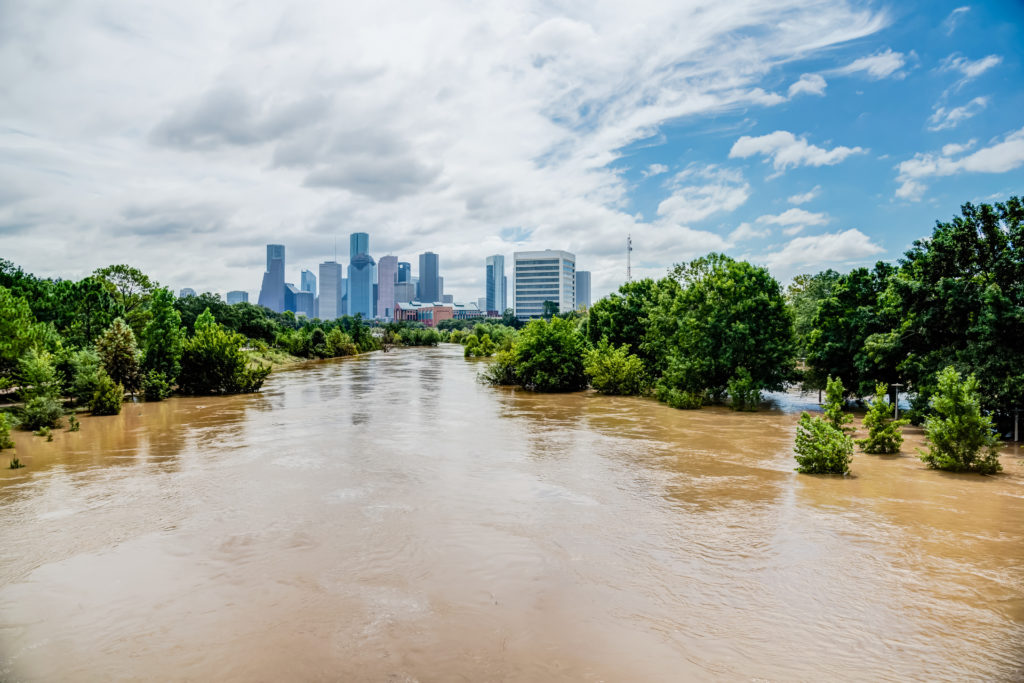Everyone is at risk for a flood, no matter the risk zone you’re in. Some places are more susceptible to flooding than other areas. There are some things you can do to find out what your risk is, including using the FEMA flood map to know your flood zone. You can also interpret the FEMA flood map and understand what your zone means.
Check the FEMA Flood Map
The FEMA flood map is the best place to quickly check what flood zone you’re in. Since everyone technically is in a flood zone, this will give you an idea of what your risk looks like at your particular location.
Visit the FEMA website and type your address into the search bar. This will pull up a satellite image of the area surrounding your address. The map has several different components to it and a legend at the bottom to help you interpret the map.
Understanding The FEMA Flood Map
The FEMA flood map is not the easiest to understand. There are a few tools that can make it a little simpler. After typing in your address, check out the legend at the bottom of the map. The legend shows you various things within the map that can help you interpret what your risk is.
The easiest way to quickly see what flood zone you’re in is to download the dynamic map. This map will tell you which zone you are in. There are quite a few terms that aren’t typically used in everyday language, so FEMA has a glossary to help you interpret the map and understand flood related terms.
Understanding Your Flood Zone
Flood zones are labeled alphabetically and used to help determine flood insurance rates for homeowners and renters alike:
- Zone A: This is the most common flood zone, and there are six different types of Zone A:
- Zone A: Homes in this zone have a one percent annual risk for flood.
- Zone A99: This zone is at a one percent risk of flooding annually as well, but it is specified for areas that are protected by a federal flood control system.
- Zone AE/A1-30: This zone presents a one percent chance of flooding, but uses base flood elevation (BFE). Base flood elevation is where the water is expected to rise during a standard 100-year flood. In these zones, buildings must comply with specific rules such as an enclosed space of the building needing to be above the BFE. Most of these zones are located near rivers, floodplains, and other large bodies of water but are not coastal.
- Zone AH: This zone presents a one percent annual chance of shallow flooding (1-3 feet) typically from something such as a pond.
- Zone AO: This zone presents a one percent chance of annual flooding. This is shallow flooding (1-3 feet) near rivers and streams.
- Zone AR: This zone is a temporary designation for areas in which a flood control system is being constructed.
- Zone B or X(shaded): These zones are at a moderate risk for flooding.
- Zone C or X(unshaded): These zones are at a minimal risk for flooding.
- Zone D: Areas where flooding is possible, but no assessment has been performed.
- Zone V: This zone is a one percent chance of coastal flooding annually with the added risk for storm wave flooding. BFE is not used here.
- Zone VE/V1-30: There is a one percent chance of coastal flooding with storm wave risk. BFE’s are used in these zones.
Why does it matter what flood zone you are in? It’s handy to know your flood zone for insurance purposes and general knowledge, mostly. Standard home insurance doesn’t typically cover a flood. Depending on your flood zone, you might be required to have flood insurance. Although this isn’t always the case, it is something to consider. Flood risk is a factor of the homeowners or renters insurance rate you would pay. By checking your flood zone using the FEMA map, interpreting the results and understanding what your flood zone means, you will have a better understanding if you need flood insurance or coverage.
Everyone is at risk for a flood, no matter the risk zone you’re in. Some places are more susceptible to flooding than other areas. There are some things you can do to find out what your risk is, including using the FEMA flood map to know your flood zone. You can also interpret the FEMA flood map and understand what your zone means.

